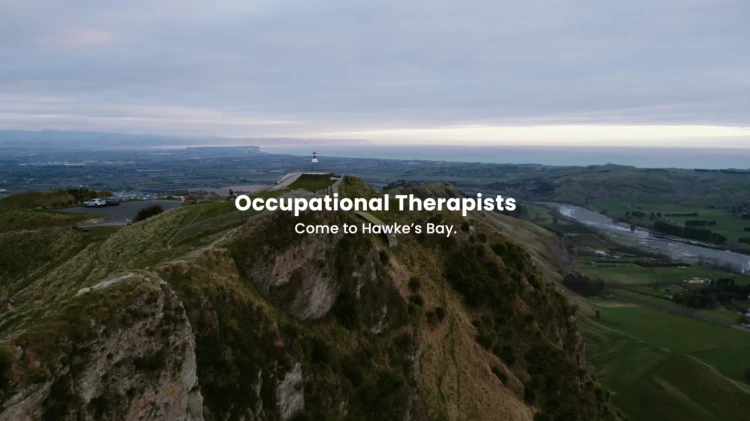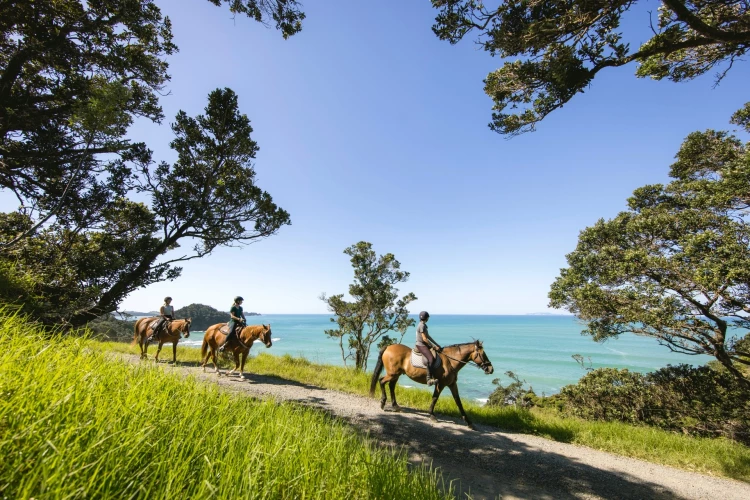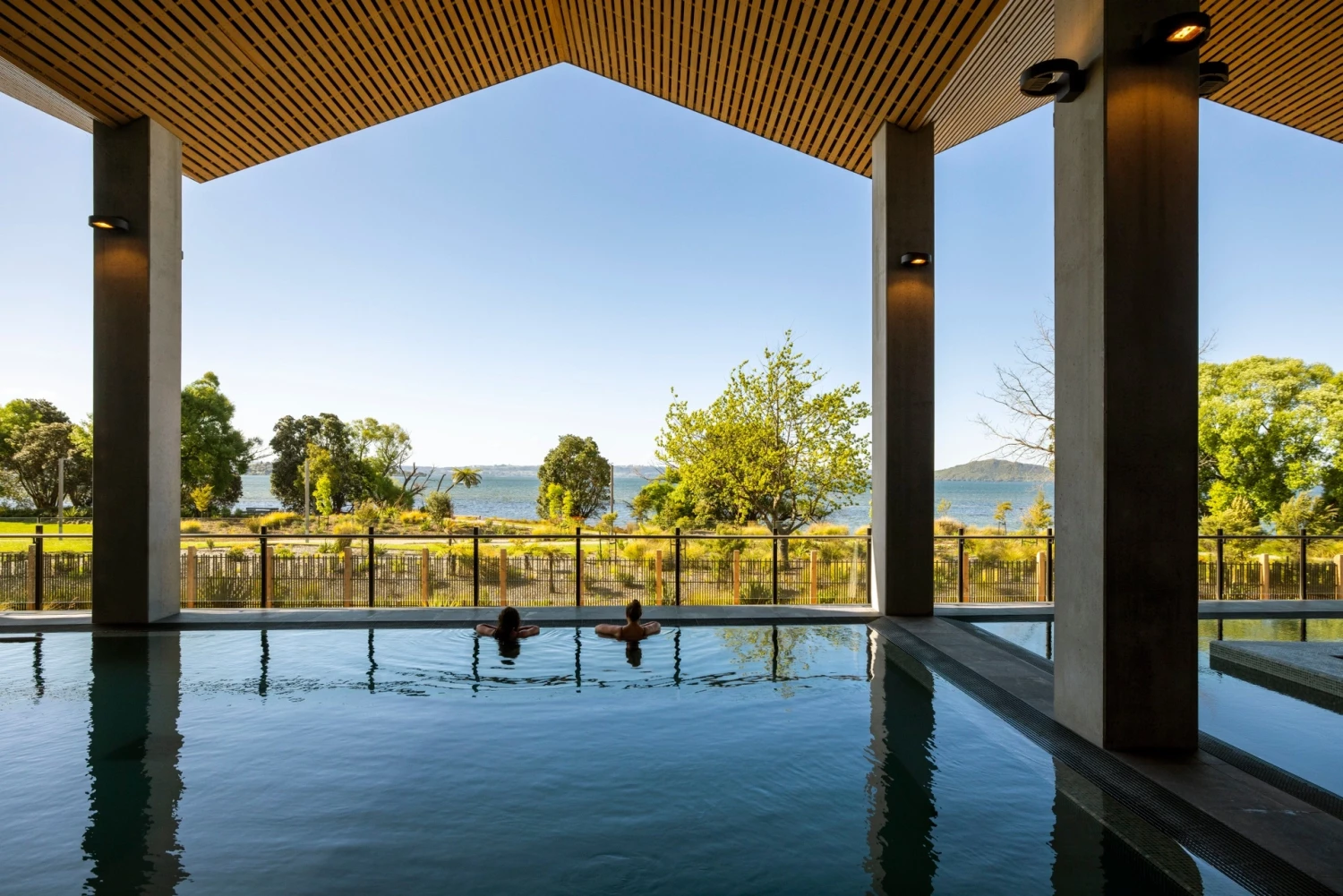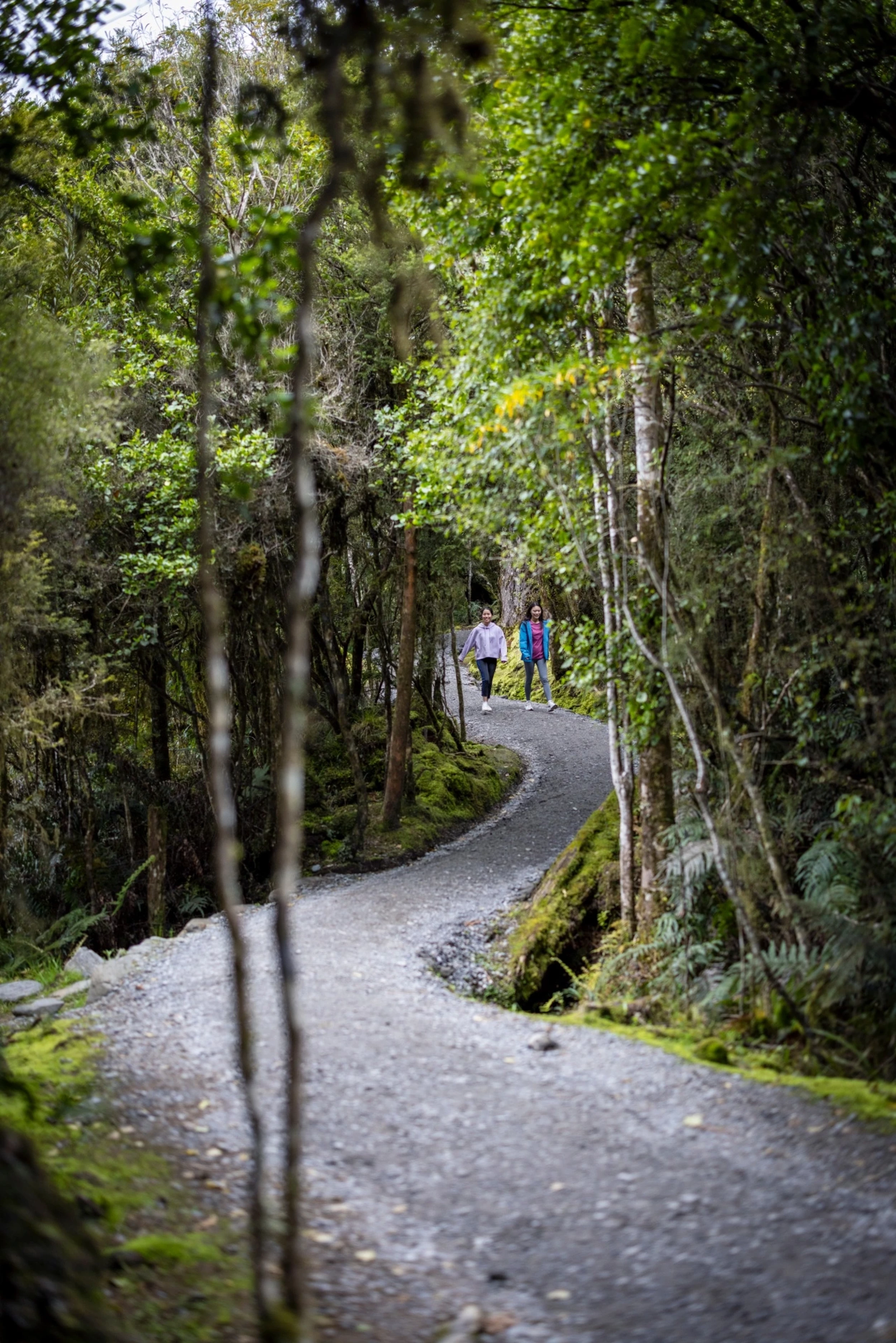- About Health New Zealand
- Locations
- Allied Health
- Midwifery & Nursing
-
Medical Officers
- All Senior Medical Officers (SMOs)
- Anaesthetists
- Dermatologists
- Emergency Medicine Specialists
- GPs & Rural Hospital Doctors
- General Medicine
- Obstetricians & Gynaecologists
- Oncologists
- Paediatricians
- Pain Medicine Specialists
- Pathologists
- Psychiatrists
- Radiologists
- Surgical Specialities
- Resident Medical Officers (RMOs)
- Specialist Teams

Occupational Therapy
Occupational Therapists in New Zealand play a vital role across our hospitals, communities and mental health services.
Whether you're supporting someone to recover from injury, regain independence, or thrive with long-term conditions, your work helps shape better health outcomes, where it matters most.
Photo location: Abel Tasman National Park, Tasman - Credit: Miles Holden
About the role
Occupational Therapists in New Zealand are critical in helping individuals improve or regain skills needed for their daily activities, such as physical, cognitive and mental well-being.
Across a variety of inpatient and outpatient settings, they support patients in maintaining independence, improving quality of life and adapting to changes in their condition.

Salary, leave & benefits
Salary
-
Occupational Therapists have a 9-step progression salary scale. Salaries range between NZ$72K – NZ$103K.
-
Senior or specialist Occupational Therapists may receive higher salary bands depending on responsibilities and district allowances.
-
Overtime and penal rates apply for work outside normal hours, including weekends and public holidays.
Allowances
-
Higher duties allowance
-
On-call allowance (if applicable)
Leave
-
4 weeks of paid annual leave (increases to 5 weeks after 5 years of service)
-
Shift employees may receive up to an additional 5 days’ annual leave after 12 months of shift work
-
Minimum of 10 days of paid sick leave per year
-
6–12 months of parental leave, depending on length of service
-
Up to 14 weeks of paid parental leave (provided by the New Zealand Government)
Additional benefits
-
Reimbursement of your professional registration fees
-
Professional indemnity insurance is covered by Health New Zealand
-
Time and funding for Continuing Professional Development (CPD)
-
If eligible, at least a 3% superannuation contribution from Health New Zealand
-
12 paid public holidays, plus time in lieu or an alternative holiday if rostered on
Collective agreement
Occupational Therapists working at Te Whatu Ora are employed under the terms of the Occupational Therapists Multi-Employer Collective Agreement (MECA) between Health New Zealand and APEX.
This agreement outlines pay, conditions and entitlements and is available on the Health New Zealand website.
Career development opportunities
-
Access to internal educational courses and support for Continuous Professional Development
-
Coaching, mentoring and achieving learning outcomes for all staff.
Roles & responsibilities
Roles & responsibilities
Occupational Therapists play a vital role in supporting patients to overcome physical, cognitive and environmental challenges that affect their daily functioning. Their responsibilities may include:
-
Evaluating patients’ needs across physical, cognitive and environmental domains to identify barriers to independence and participation.
-
Designing and implementing personalised interventions aimed at restoring skills and promoting autonomy.
-
Leading rehabilitation programmes to support recovery from injury, illness or trauma.
-
Supporting patients’ mental health by teaching coping strategies to manage stress, anxiety and trauma.
-
Educating patients and their caregivers on self-care techniques and prevention strategies.
-
Collaborating closely with doctors, nurses and other healthcare professionals to deliver holistic, patient-centred care.
Clinical settings
Occupational Therapy practice varies depending on the clinical setting. Our services cover a broad range of environments, including:
-
Inpatient hospital care, including Emergency Department (ED) and Intensive Care
-
Paediatrics
-
Neurosciences
-
Stroke rehabilitation
-
Trauma and orthopaedics
-
Hand therapy
-
Burns and plastics
-
Older persons’ health
-
Community-based rehabilitation services
-
Vocational rehabilitation
-
Mental health services
Additional responsibilities may include:
-
Applying an understanding of Te Tiriti o Waitangi (The Treaty of Waitangi) and incorporating its principles into practice.
-
Engaging with local communities to improve health outcomes and equity.
-
Assessing and enabling patients at various stages of their health journey.
-
Working effectively with patients from diverse social and cultural backgrounds, collaborating with whānau (family) and the wider multidisciplinary team to achieve the best outcomes.
-
Identifying opportunities for service improvement and contributing actively to quality initiatives.
Required qualifications & experience
Occupational Therapist qualification
You must hold an approved qualification in occupational therapy. Common pathways include:
-
A Bachelor of Occupational Therapy or equivalent qualification from a New Zealand institution
-
An overseas qualification assessed as equivalent to New Zealand standards by the Occupational Therapy Board of New Zealand (OTBNZ)
Registration with the Occupational Therapy Board of New Zealand (OTBNZ)
All Occupational Therapists must be registered with the OTBNZ to practise legally in New Zealand.
Applicants need to submit proof of their qualifications, identification, and evidence of fitness to practise.
Annual practising certificate (APC)
To work as an Occupational Therapist, you must hold a valid Annual Practising Certificate (APC), renewed each year.
To maintain your APC, you must:
-
Provide evidence of ongoing competence
-
Participate in Continuing Professional Development (CPD) activities
Information for international candidates
Information for international candidates
Internationally qualified Occupational Therapists include practitioners who hold a recognised overseas occupational therapy qualification and:
-
Have at least 2 years of relevant post-qualification experience
-
Are registered and in good standing with a recognised overseas regulatory authority
Applicants with less than two years’ experience can still apply. Their application will be assessed by the Occupational Therapy Board of New Zealand, which may include a Competency Assessment Programme.
All other overseas qualifications are assessed case-by-case basis to determine if the applicant meets the OTBNZ registration requirements. Qualifications are assessed against the Board’s standards. Learn more about registration here.
Find out more about life in New Zealand
We have a page dedicated to providing information to candidates about our recruitment process, what you need to work in New Zealand and key details about moving here.
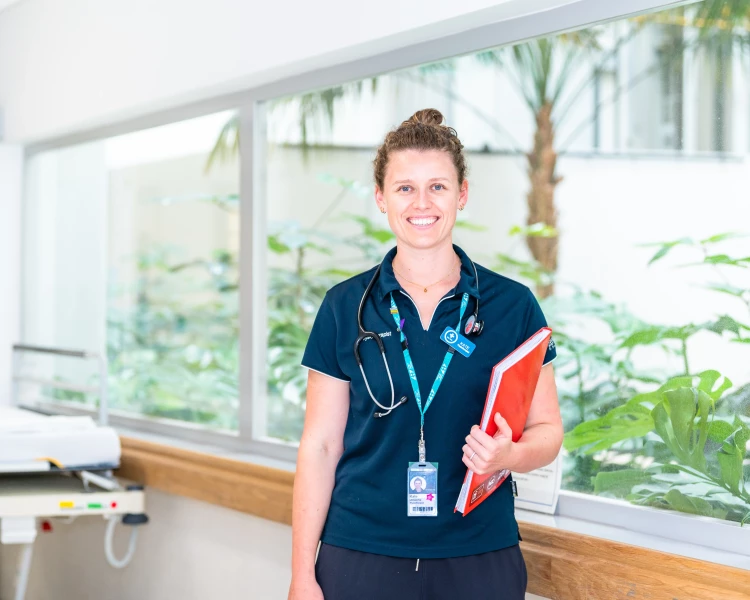
Apply for an Occupational Therapist role
Domestically Trained Candidates
If you trained in New Zealand or Australia, search current vacancies with our districts to apply for here:
Internationally Trained Candidates
If you trained outside of New Zealand or Australia, register through our International Recruitment Centre here:
Working at Health New Zealand
'Te Whatu Ora' translates from our indigenous Māori language to 'the weaving of wellness'; which is what we are all about in our holistic delivery of world-class care for the health and wellbeing of the 5 million Kiwis in our communities.
Health New Zealand has an open and non-hierarchical approach to improving outcomes for our patients. Our cross-disciplinary collaborative way of working fosters a positive work environment where all members of our team feel supported and empowered.
Our commitment to you
We are dedicated to building a team that is representative of the communities that we are serving. We are committed to supporting health equity in our communities. Our kaimahi (staff) thrives on the diversity and inclusion of all perspectives and cultures and we welcome individuals from all backgrounds and lived experiences.
Health New Zealand has programmes and facilities available to both protect and improve our teams’ physical, mental and emotional health and wellbeing. We know that you do your best work when you’re feeling your best, so it’s important to us that this is a priority.



Looking to move to New Zealand to work as an Occupational Therapist?
Great news! Occupational Therapists are on Tier 1 of New Zealand's Green List which means you are eligible for a fast-tracked Straight to Residence Visa. This means you and your family can apply for New Zealand residency before you arrive, provided you have a job offer from an accredited employer, like us!
Explore Aotearoa
New Zealand - Aotearoa has been in the top 5 countries in the Global Peace Index every year since it launched in 2009, and has a broad range of places to call home, from the bustling metropolis of our main centres, to the easygoing vibe of our coastal or rural communities.
Find out more information about what part of our beautiful country is the best fit for you.

Te Tai Tokerau Northland
Population: 194,600
Northland is a beautiful and diverse region of Aotearoa, New Zealand with plenty to offer visitors. Whether you're interested in water sports, historic sites, natural beauty or ancient Kauri trees—Northland has it all!

Waitematā
Population: 650,000
Waitematā is the largest and one of the most rapidly growing Districts serving the largest population of all Health New Zealand. Waitematā offers a balanced lifestyle that combines the convenience of city living with the natural beauty and community spirit of suburban life.

Te Toka Tumai Auckland
Population: 500,000
Auckland the "City of Sails" is Aotearoa, New Zealand’s largest city and commercial hub. It’s where metropolitan sophistication meets breathtaking natural beauty. Auckland is filled with a variety of warm and welcoming communities, packed with new places to explore.
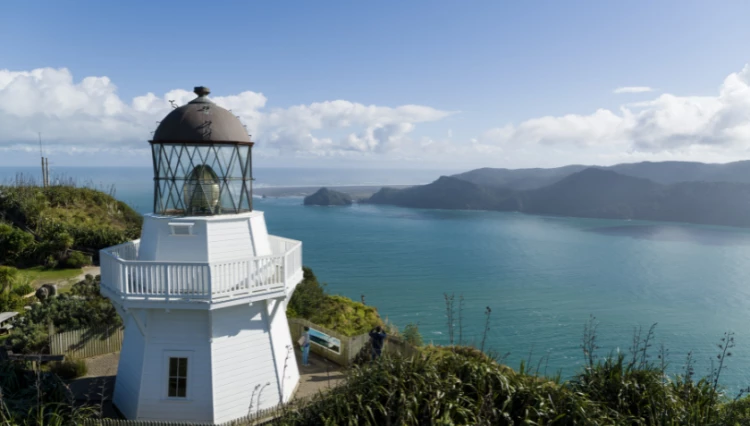
Counties Manukau
Population: 500,000
Counties Manukau is a vibrant place where there's never a dull moment! Living and working here ensures you're always close to amenities, events and nature. You'll never run out of places to visit or things to do.
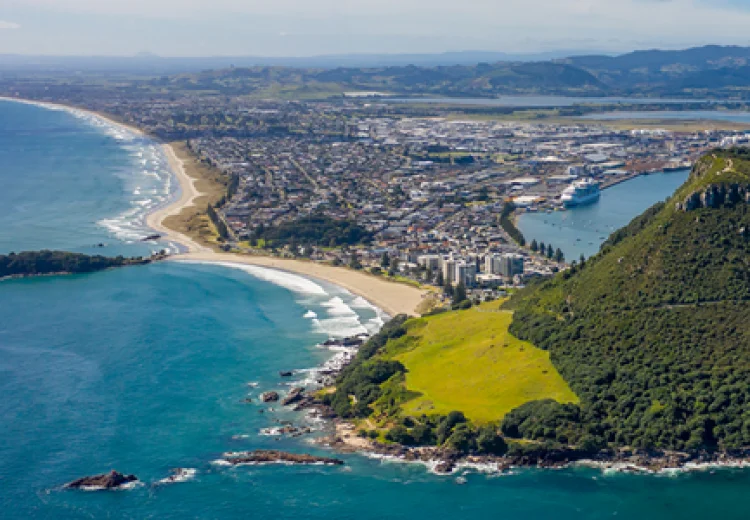
Hauora a Toi Bay of Plenty
Population: 255,110
The Bay of Plenty is a place of beautiful harbours, long surf beaches and an easygoing lifestyle. We showcase the perfect place to explore a wide range of nature-based pursuits – this gives the people of the Bay of Plenty the chance for a better work-life balance.

Waikato
Population: 425,000
The Waikato region is known for its natural beauty, rich Māori culture, and agricultural heritage with something to offer visitors of all interests.

Tairāwhiti Gisborne
Population: 48,000
In family-friendly Tairāwhiti you will experience an easier pace to life that allows you to pause, reflect, and enjoy a true work-life balance. Gisborne’s relative isolation is its charm, surrounded by beaches & nature - don't worry though! Larger cities are only a quick flight away.

Lakes
Population: 110,000
The Lakes District is well known for its geothermal activity and natural hot springs. The area is located in the central North Island and is home to many geothermal attractions, such as geysers, hot mud pools, and steam vents. Visitors can also relax in the region's natural hot springs, which are believed to have healing properties.
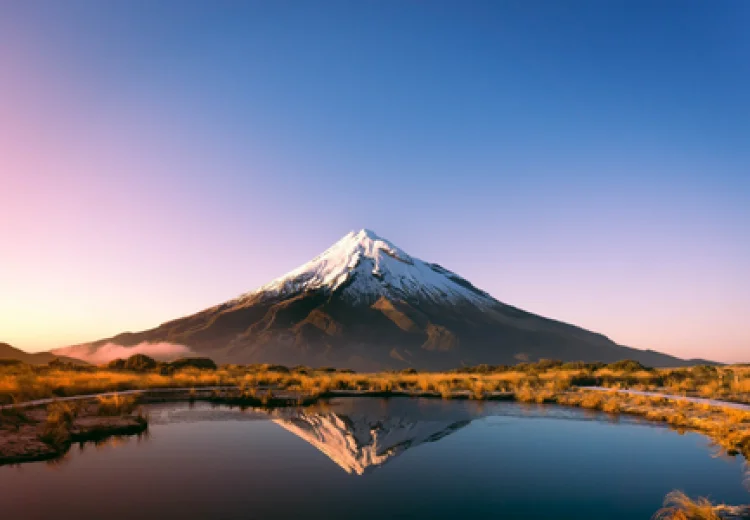
Taranaki
Population: 130,000
Taranaki is a magical place with a majestic mountain at its heart, including the rugged coastline that's world-renowned for its surf. Its residents' love of art and culture, cafes and outdoor living mean it's also fantastic to work—and play!

Te Matau a Māui Hawke's Bay
Population: 180,000
Known for its world-class wineries, stunning beaches and temperate climate, Hawke’s Bay boasts a lifestyle that is unmatched. The region is a popular destination for food and wine tourism, hiking, cycling and cultural events such as the annual Art Deco festival.
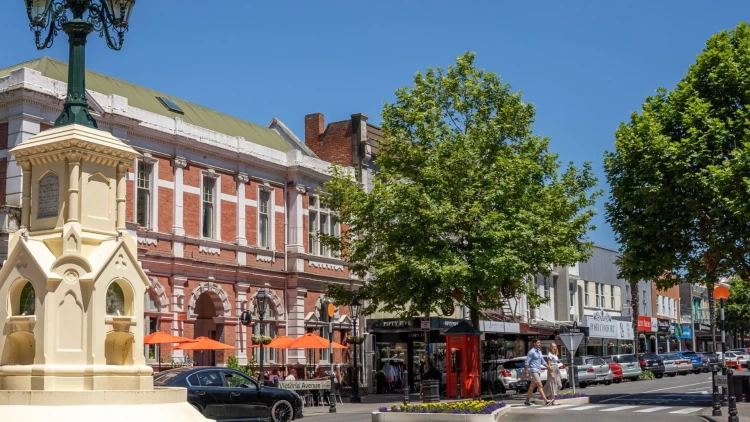
Whanganui
Population: 65,000
Whanganui has something for everyone. Our centrally located region offers access to outdoor activities such as kayaking, skiing, surfing, tramping, cycling, fishing and hunting. Nestled between two snow-capped mountains, on the banks of Whanganui River there is always plenty to do and explore.
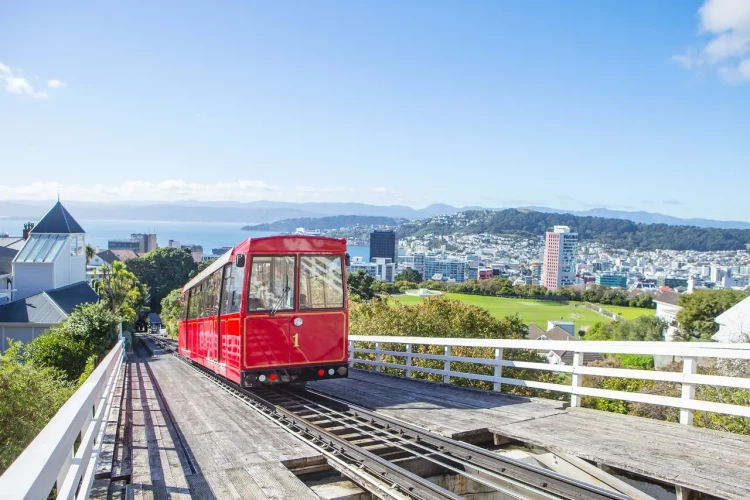
Capital, Coast and Hutt Valley
Population: 445,000
Wellington, the capital city of Aotearoa New Zealand, is a bustling and diverse hub of culture and cosmopolitanism, renowned for its lively cafés, restaurants, and internationally acclaimed sporting and cultural events, all set against the stunning backdrop of a natural harbour. To the north of Wellington lie the regions of Porirua, Kapiti, and Hutt Valley.
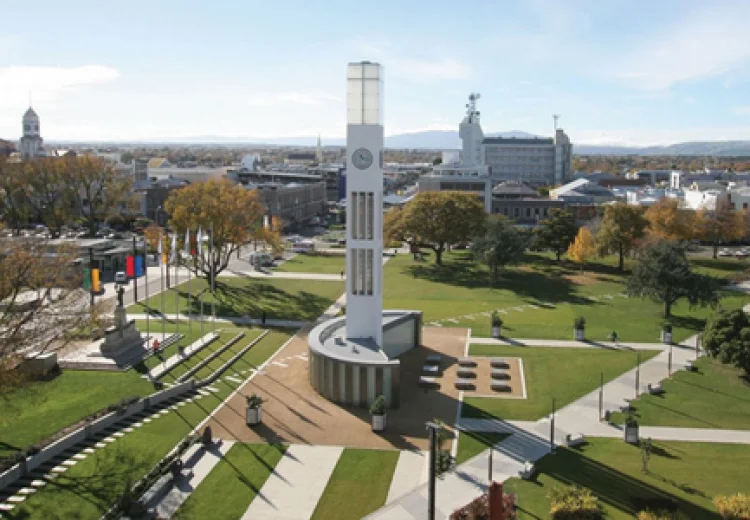
Te Pae Hauora o Ruahine o Tararua MidCentral
Population: 190,000
Get the best of both worlds - the perfect blend of rural and city living with the mountains, city and sea at your fingertips.

Wairarapa
Population: 48,000
From rugged coastlines, boutique vineyards to lush forests, Wairarapa is a slice of paradise for those who love the outdoors and seek a peaceful environment to recharge after a rewarding day's work.

Nelson Marlborough
Population: 150,000
Nelson Marlborough has been dubbed the artistic capital with a thriving urban centre and one of New Zealand's sunniest regions.
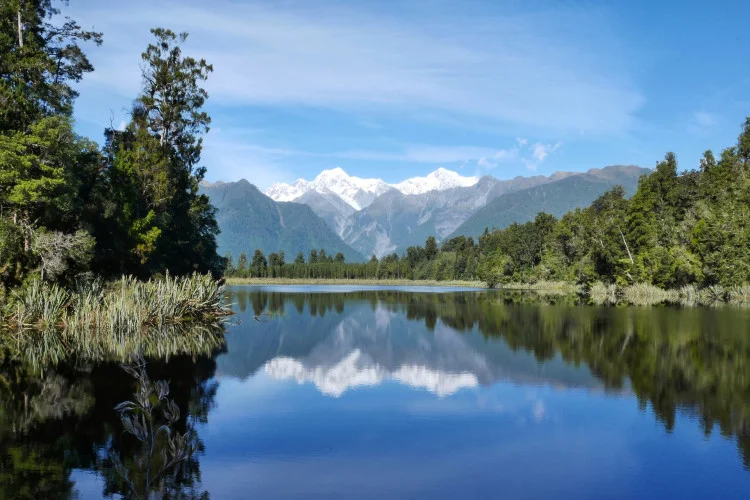
Te Tai o Poutini West Coast
Population: 32,000
Te Tai o Poutini/West Coast has views of both the mountain ranges and the ocean! It is an untamed natural wilderness of beautiful rivers and rainforests, glaciers and geological treasures.

Waitaha Canterbury
Population: 600,000
The Canterbury region is a great place to live and work due to its natural beauty, vibrant economy, cultural diversity, strong community, and high quality of life.

South Canterbury
Population: 62,000
The South Canterbury District is an area of stunning beauty with great lifestyle opportunities, a safe and welcoming family-friendly environment, affordable living, excellent educational opportunities and a wide range of cultural and sporting facilities.
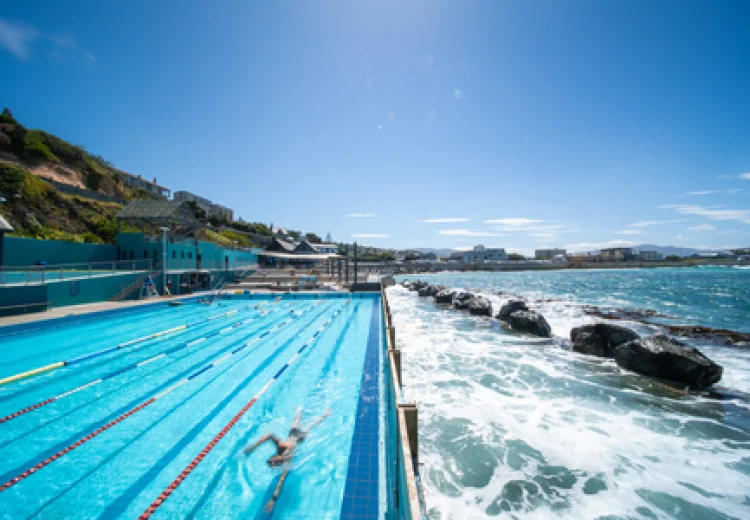
Southern
Population: 350,000
Well known for its beautiful natural scenery, which includes towering mountains, stunning fjords, majestic glaciers, and crystal-clear lakes. The region is also famous for its friendly communities, charming towns, and vibrant cities such as Dunedin and Invercargill.

|
Photo location: Rotorua - Credit: Miles Holden |
